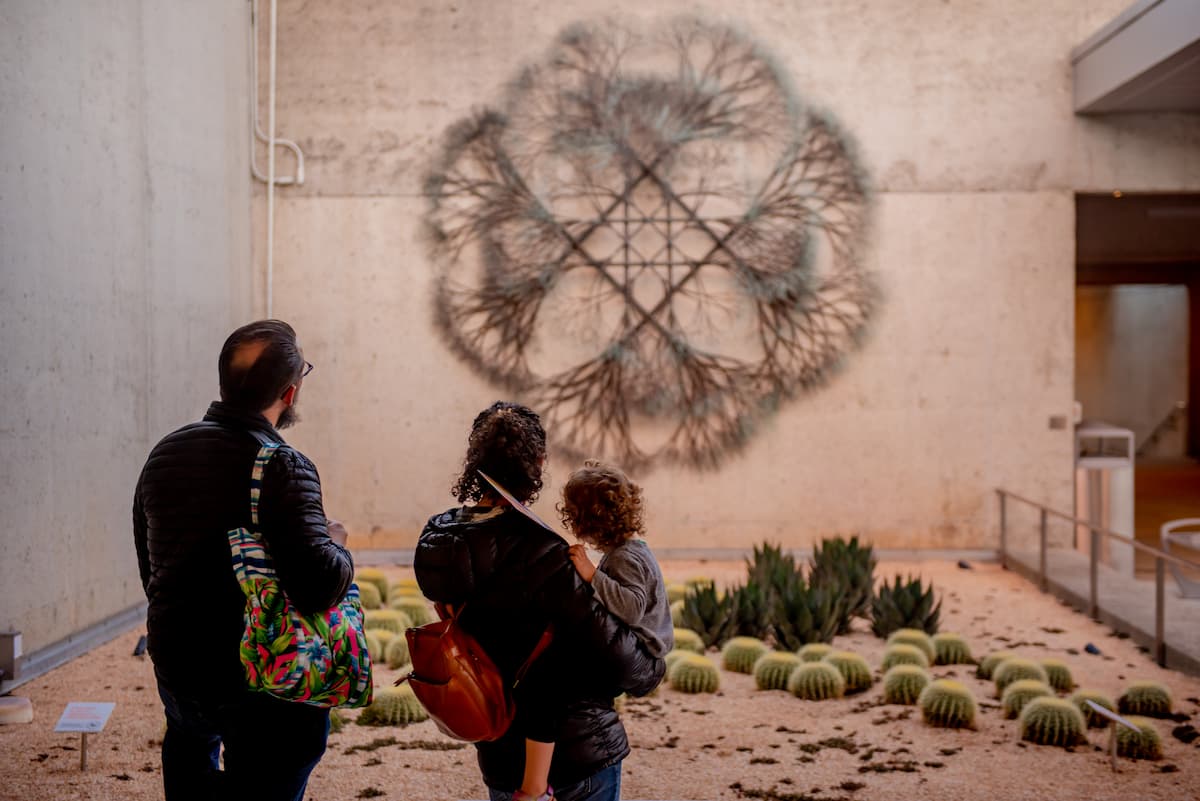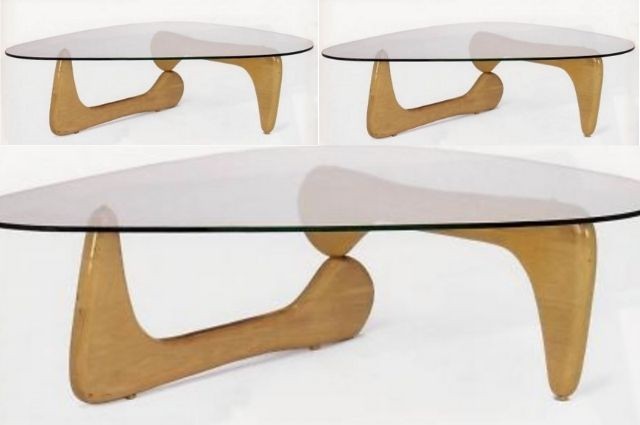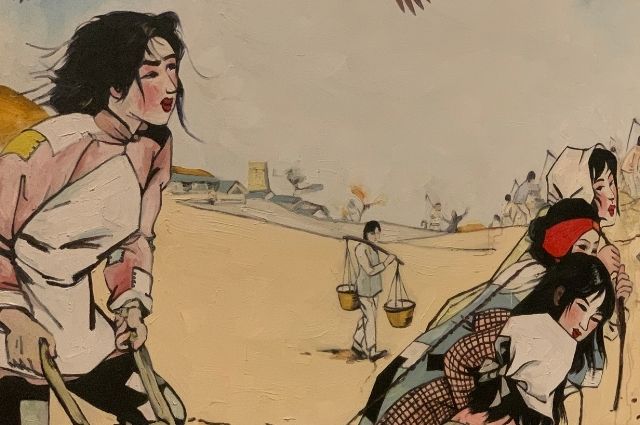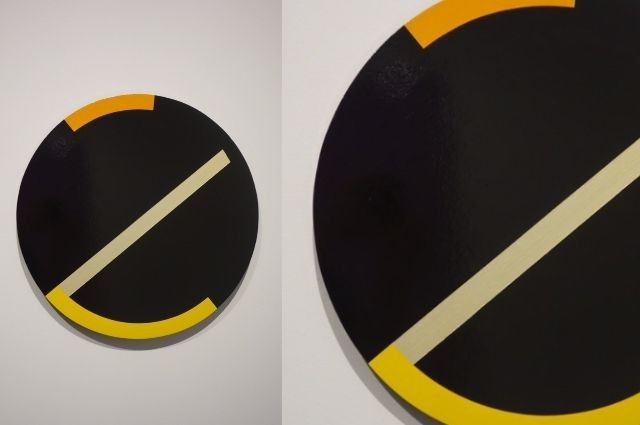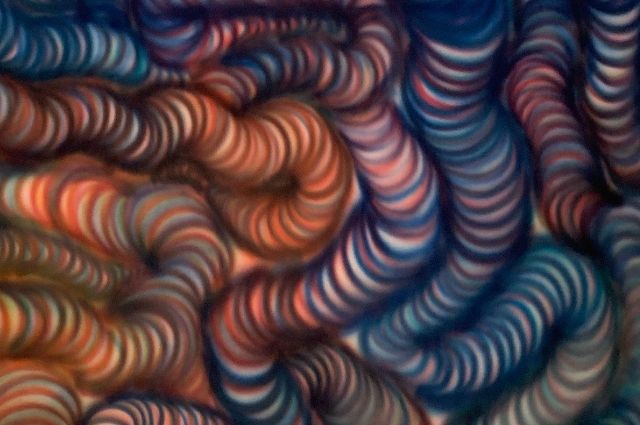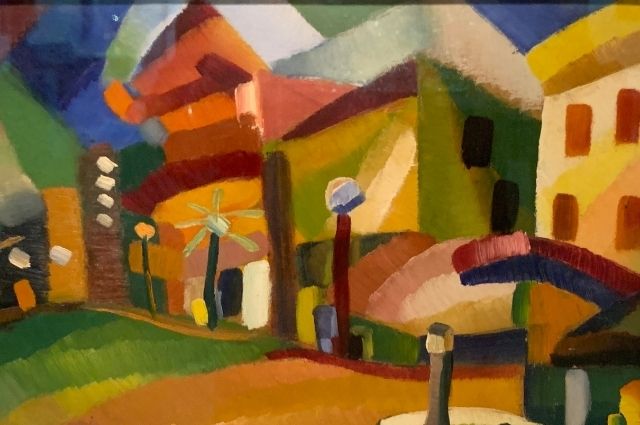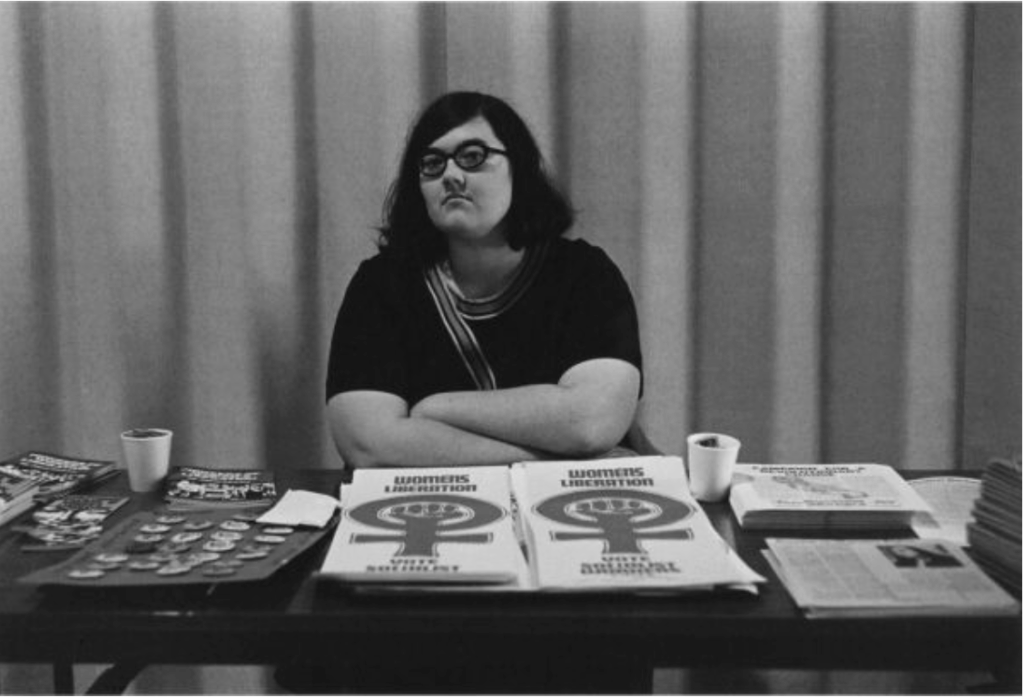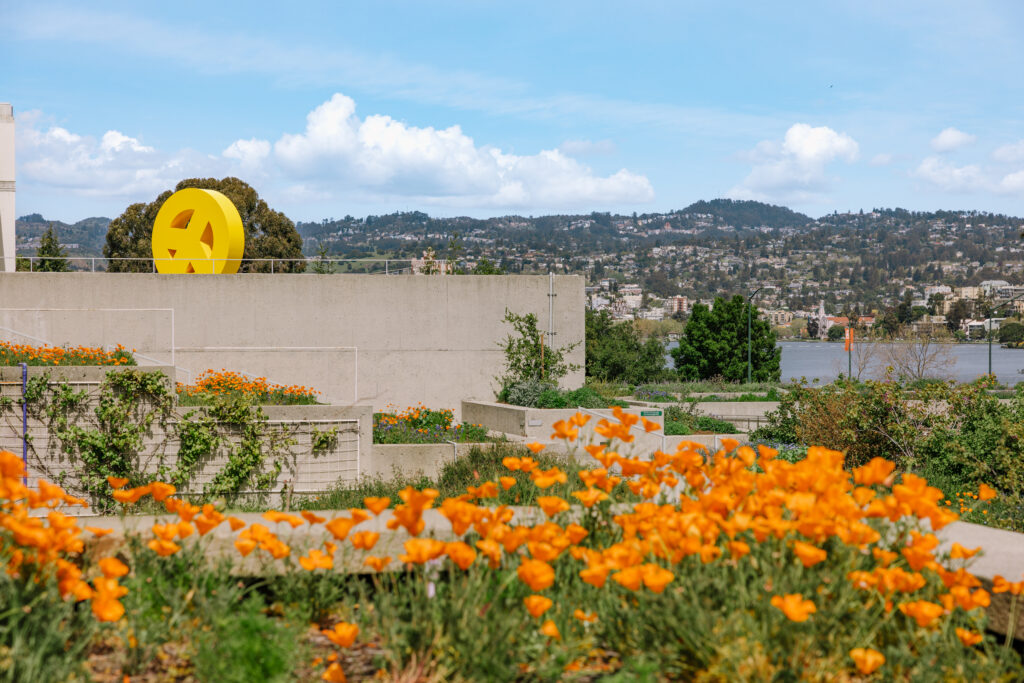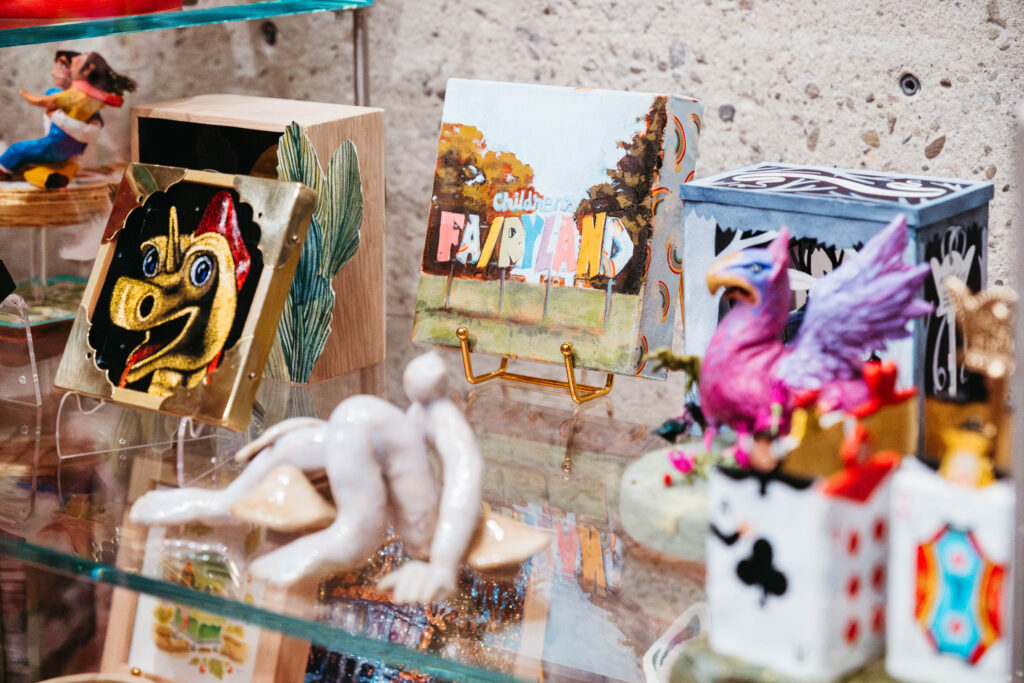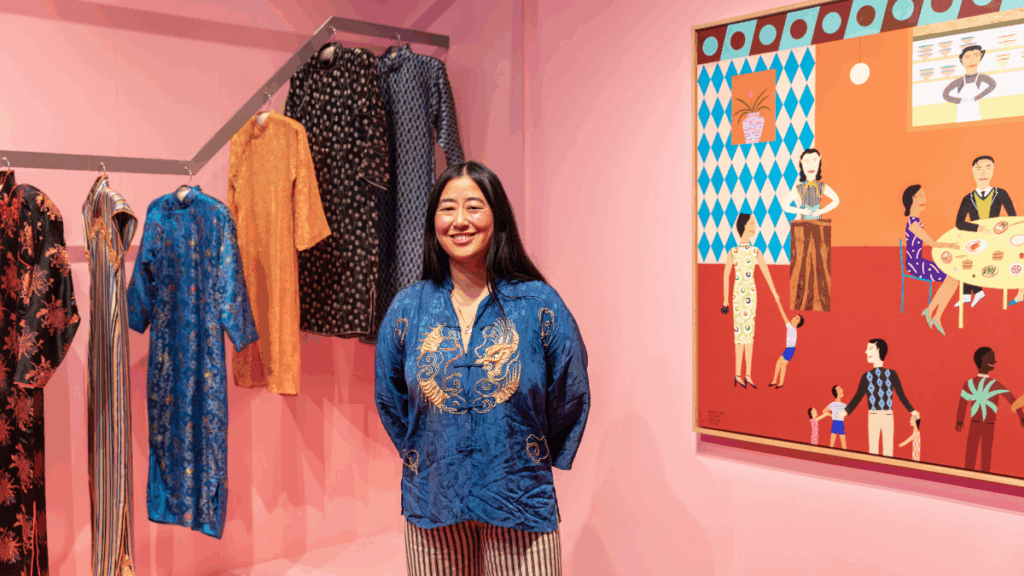Ancestral Visions: Reimagining History Through the Lens of Chelsea Ryoko Wong
Ancestral Visions, a stunning new exhibition by Chelsea Ryoko Wong, the 2024 Harker Fund Artist-in-Residence at OMCA, is perfectly situated in our Gallery of California Art, where it uncovers untold California narratives and places them in conversation with contemporary life. This collection of paintings reimagines the past through a modern lens, drawing inspiration from the lives of six 20th-century Chinese American women, whose partial stories are preserved in the OMCA collection. The dresses, photographs, and ephemera of Rose Setzo, Sophia Chang Wong, Grace Dea, Lei Kim Lim, Sun Fung Lee Wong, and Chop Chin Chum served as key sources of Wong’s research, which she used to reimagine the past with a fantastical nod to the present. In particular, the iconic qipao or cheongsam dresses these women wore form the foundation of Wong’s exploration into their rich, layered histories.
Ancestral Visions reflects the dreams, struggles, and triumphs of these women, many of whom immigrated to the U.S. or were children of immigrants seeking better lives. With each painting, Wong blends historical reverence with a touch of fantasy, offering a poignant meditation on cultural identity, transformation, and the legacies passed down through generations. These works, rooted in the OMCA collection of Chinese dresses from the 1940s to the 1970s, bring to life the spirit of resilience that these women embodied. Explore what the artist has to say about her work:
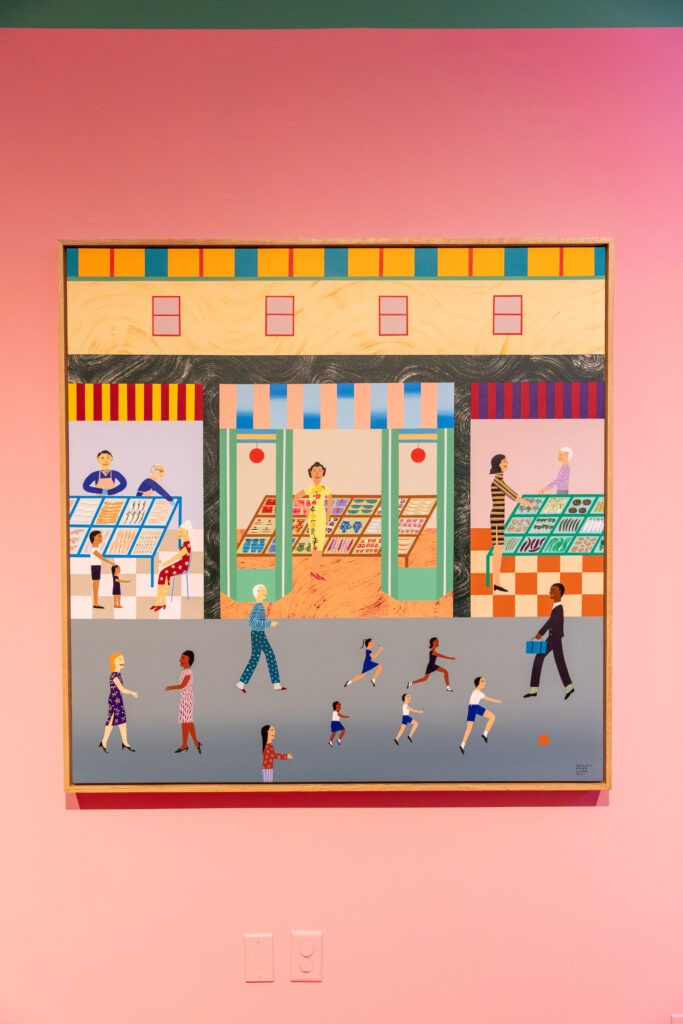
Chasing Dreams
This painting is based on the life of Grace Dea, who donated her collection of dresses and owned a store at 839 Grant Ave in San Francisco’s Chinatown. The painting depicts a lively scene along Grant Ave and is loosely based on the architecture that exists and historical images of her storefront. In the painting, a proud matriarch stands in the center, observing the world around her. In adjacent buildings are a seafood stand and produce market. School just got out and children chase each other down the street running after a ball and holding lollipops from the seafood market. In this multigenerational scene, titled Chasing Dreams, we see Chinatown as a community, not just a place for commerce but as a landscape for families. At the time it was rare for Asian women to obtain higher degrees, hence why many women took menial jobs or alternatively, went into business. Showing her at this time in her life, as a proud business woman, defines her as a role-model to her peers and family.
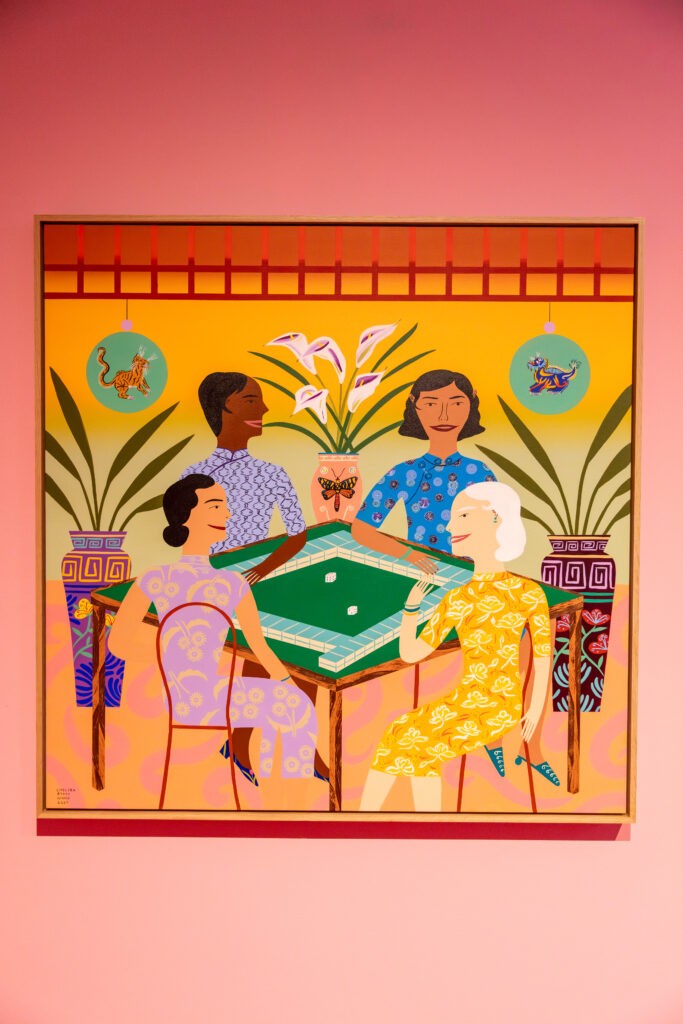
Here on Earth
This painting depicts a mahjong scene with all four dresses painted from the collection. The amount of jewelry and levels of dress indicated whether families were entertaining. Adornments such as jade, gold, pearls, and silk suggested a certain level of sophistication and wealth. In this scene, the motifs on the lanterns and vases were inspired by imagery from the early 19th century. The title, Here on Earth, references the game of mahjong and its underlying symbolism. 144 (the number of tiles in a complete mahjong set) is said to be the number of the plan of Earth, and the square formed by the tiles can be seen as a symbolic representation of the universe. Heaven is manifested in the Four Seasons, Earth in the Four regions (East, South, West, and North).
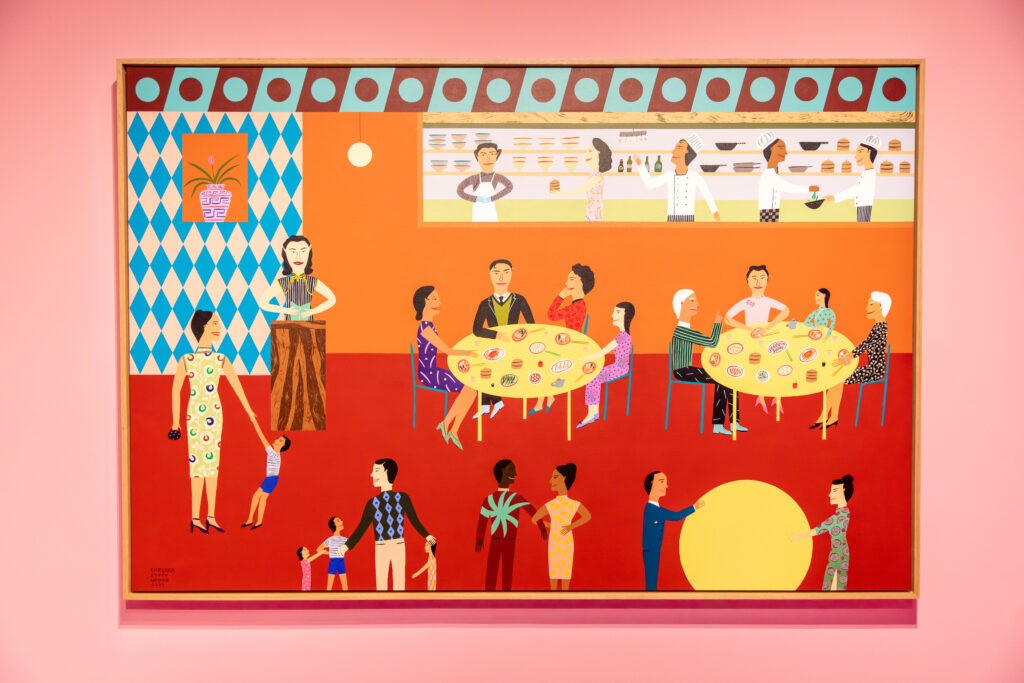
Life’s Full Circle
This painting depicts the life of Rose Sezto, who was born in Manila in 1921. Rose and her two sons immigrated to the US where she worked as a dishwasher in a hotel and hostess in a restaurant. In the US she had two more children and in this painting we see her at different stages in her life enjoying the restaurant with her family, as a hostess and as a dishwasher. The circular imagery repeats in this painting, and is also implied with Rose being portrayed three times, as she moves up on the socioeconomic ladder of life.
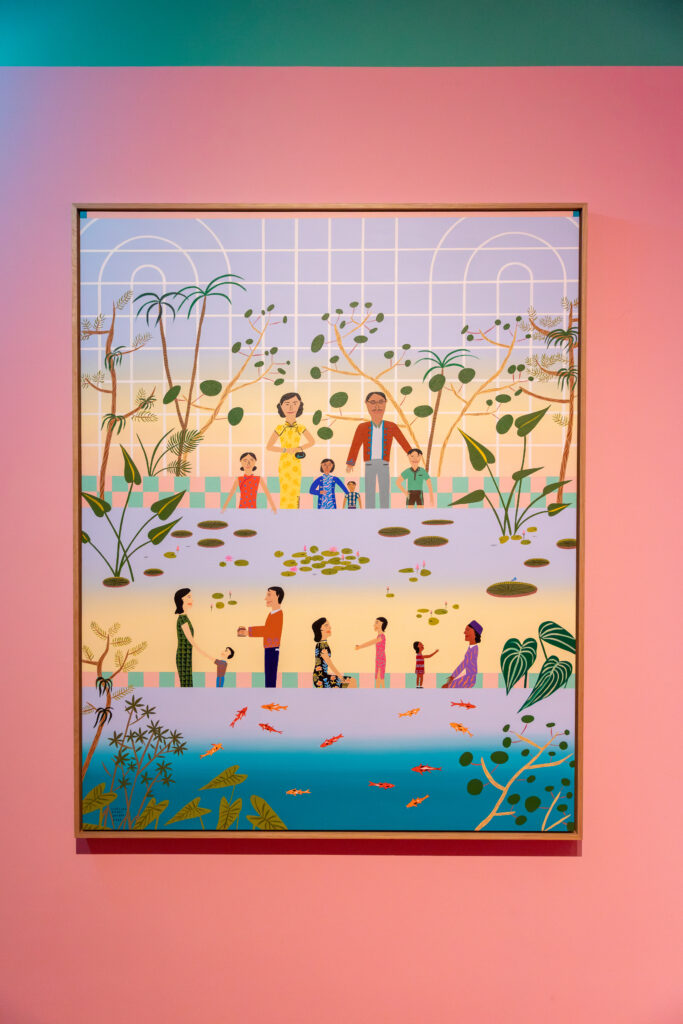
Bending Light
This painting is inspired by Chop Chim Chum who was born in Canton, China in 1908. Her father was born in Hawaii, making Chop Chim Chum an American citizen. Around 1930 she immigrated to San Francisco, and was detained on Angel Island for two weeks. She was in an arranged marriage and they had five children. Chop Chin Chum had elementary schooling and worked in a co-op garment factory in Oakland for 26 years. She was laid off from work just ten minutes before closing and lived a hard life. In this painting, which is based off a photograph of Chop Chim Chum’s family, I portrayed them amongst loved ones in Golden Gate Park’s Conservatory of Flowers. She took pride in her family and I wanted to represent her amongst the symbolism of new beginnings, plants, koi fish, and an abundance of light. Bending Light refers to the way light is refracted in a greenhouse, such as in the Conservatory of Flowers, as sunlight passes the glass it bends, benefiting the plants through photosynthesis as it disperses more evenly.

Unwavering Love
This painting is the finale for the show. In interviews with Grace Dea’s family they talk about success as leaving Chinatown, moving to the Richmond district or even better, the Sunset. In Rose’s retirement, they moved to the Sunset. This painting shows two women talking, smoking cigarettes in a kitchen, which was customary to the time, and a family in the background. The green grass yard abuts to the sand dunes, imagery taken from the Great Highway. There is a general sense of relaxation and contentment. A father flies a butterfly kite, inspired by antique Chinese kites. The next generation runs through the dunes and after the butterfly, the ultimate symbol of transformation. A grandmother sits in the middle, surrounded by loved ones.
More from our BLOG
More from our gallery
